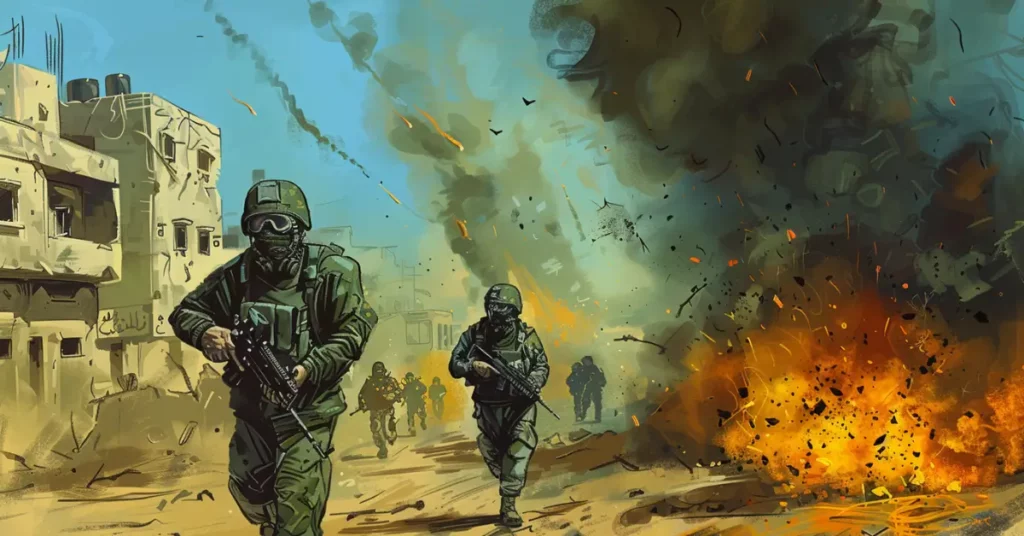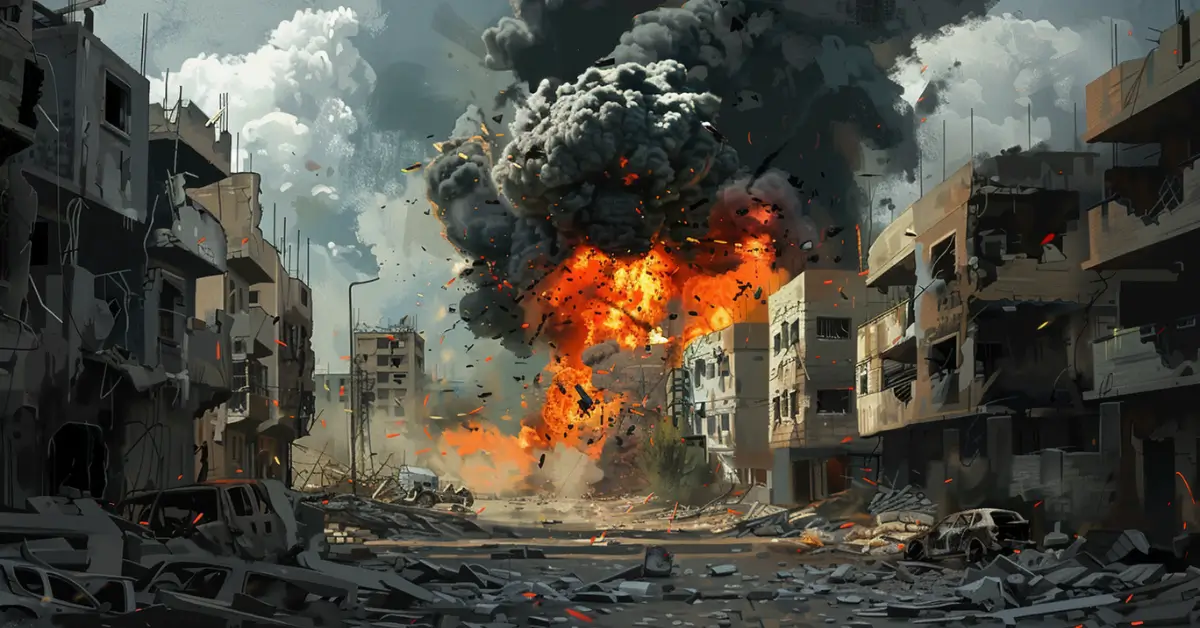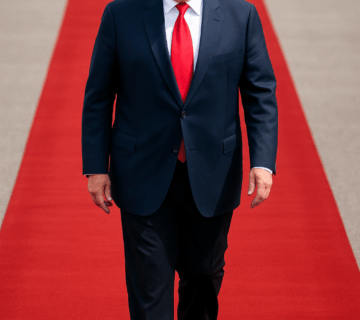Current Status of Ceasefire Negotiations
Negotiations for a ceasefire in the Gaza conflict have entered a critical phase. Talks are focusing on a ceasefire-for-hostages deal, with significant progress reported. U.S. President Joe Biden and Israeli Prime Minister Benjamin Netanyahu are set to address the remaining gaps, aiming to finalize an agreement soon. The proposed deal includes a six-week ceasefire in exchange for the release of hostages, primarily women, older men, and the wounded.
The Hostage Situation
On October 7, Hamas-led fighters launched an unprecedented attack on southern Israel, resulting in the deaths of 1,200 people and the capture of 250 hostages. Despite ongoing negotiations, 120 hostages remain in captivity, with Israel estimating that around a third of them may be deceased. The proposed ceasefire would see the release of some hostages over 42 days, marking a significant step toward resolving this crisis.
Israeli Government’s Stance
Prime Minister Netanyahu has taken a firm stance on the ceasefire, emphasizing the need to eliminate Hamas’s military and governing capabilities. Netanyahu’s objectives include the return of all remaining hostages and ensuring Gaza no longer poses a threat to Israel. The Israeli government is committed to ending the war only after these goals are achieved, reflecting a robust approach to national security.
U.S. Involvement and Support
The United States plays a crucial role in the ceasefire negotiations, with President Biden and Vice President Kamala Harris actively involved. The Biden administration fully aligns with Israel’s position, supporting the proposed ceasefire plan. This alignment underscores the vital U.S.-Israel relationship and shared security concerns.
The Role of International Mediators
Mediators from Egypt and Qatar have been instrumental in facilitating discussions between Israel and Hamas. Hamas has shown flexibility by adjusting its demands and removing a complete ceasefire requirement. This shift has opened the door to more constructive negotiations, with both sides working towards a mutually acceptable solution.

The Impact on Gaza
The ongoing conflict has had a devastating impact on Gaza, with over 38,000 casualties reported. The proposed ceasefire aims to halt the violence and provide much-needed humanitarian relief. The three-phase plan includes a complete ceasefire, the exchange of hostages, and a reconstruction effort for Gaza. This comprehensive approach addresses immediate security concerns while laying the groundwork for long-term stability.
Netanyahu’s Appeal to the U.S. Congress
In a recent address to the U.S. Congress, Netanyahu emphasized the need for a global alliance against Iran, accusing Tehran of funding anti-Israel protests. He called for unity between the U.S. and Israel to counter the Iranian threat, framing the conflict as a shared struggle against a common enemy. Netanyahu’s speech received a standing ovation, reflecting strong bipartisan support for Israel’s position.
Conclusion
The Gaza ceasefire negotiations represent a critical juncture in the ongoing conflict. With significant progress reported, the potential for a ceasefire brings hope for ending the violence. The collaboration between Israel, the United States, and international mediators is critical to achieving a lasting resolution. The world watches closely as negotiations continue, hoping for a peaceful and sustainable outcome.



